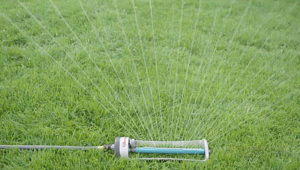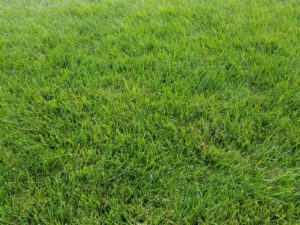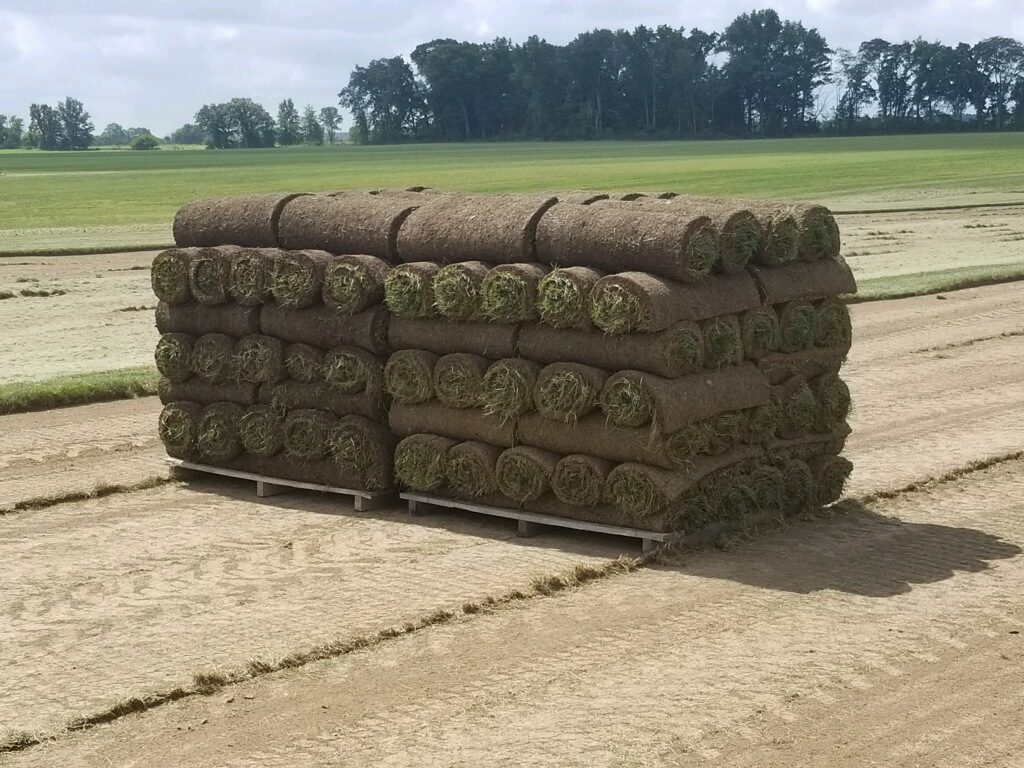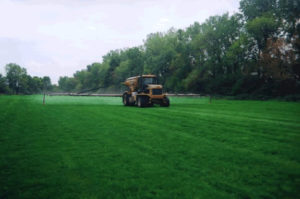
Turf Care as Recommended by the American Sod Growers Association.
Seed
Although your newly seeded lawn has been watered in, it’s up to you to keep it moist. Mist it every morning and in the afternoon if needed, to maintain a moist inch of soil. Be mindful that it’s to be moist, not wet. During hot and dry periods, it may require an additional watering. To determine if it’s moist or dry, randomly insert your fingers into the upper inch of the soil in various locations of your lawn.
Once the seed starts to germinate (green sprouts) you should continue to water, moistening the upper two inches of soil. If allowed to dry out during this crucial period, the sprouts will die. Continue to water daily until the grass reaches a height of 2-1/2 – 3-1/2” then mow, removing only 1/3 of the overall height.
After the initial cut, cut-back the watering to two times per week soaking the soil to a depth of 6-8”.
Because your seed was installed with a starter fertilizer, there’s no need to fertilize again until 6-8 weeks after initial installation using standard lawn fertilizer.


